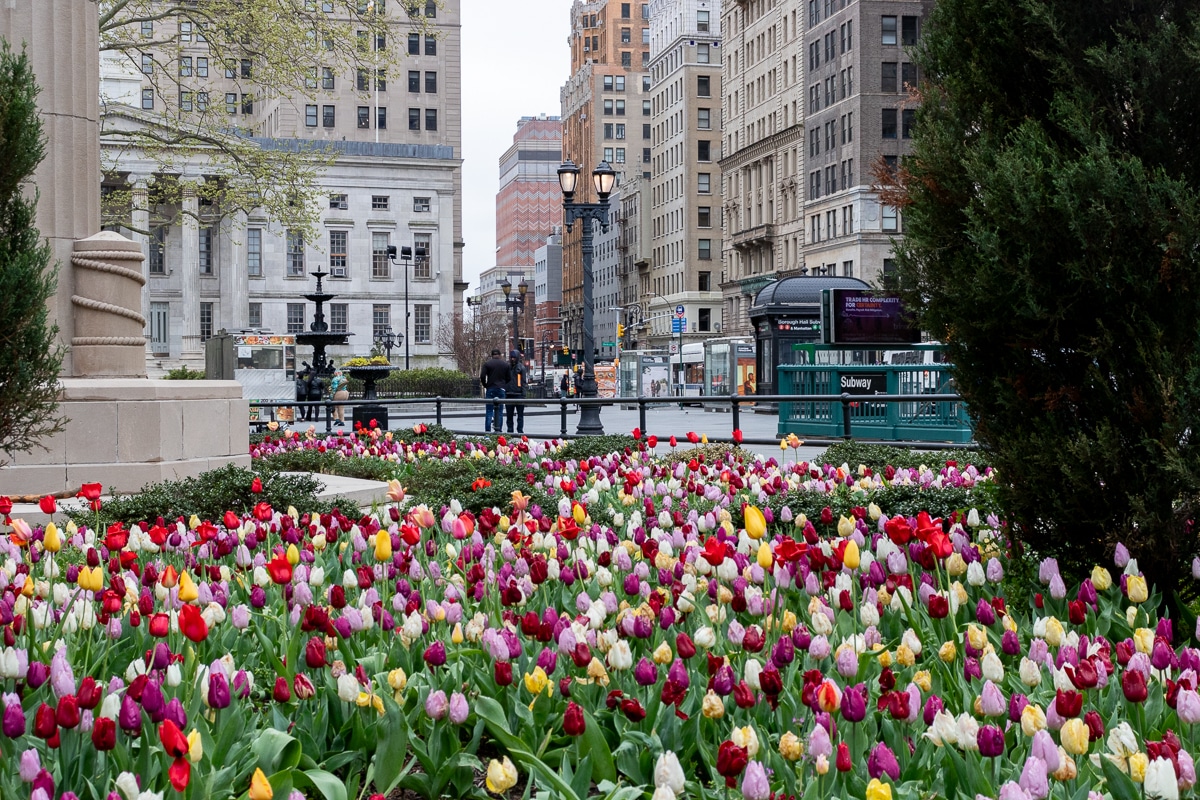Building of the Day: 1024 Gates Avenue
Brooklyn, one building at a time. Name: Roosevelt Savings Bank, formerly Eastern District Savings Bank Address: 1024 Gates Avenue Cross Streets: Ralph Avenue and Broadway Neighborhood: Bedford Stuyvesant Year Built: 1906-07 Architectural Style: Beaux-Arts Architect: Helmle, Huberty & Hudswell Other Works by Architect: Boat House, Prospect Park, St. Barbara’s, Bushwick, St. Gregory the Great Church,…

Brooklyn, one building at a time.
Name: Roosevelt Savings Bank, formerly Eastern District Savings Bank
Address: 1024 Gates Avenue
Cross Streets: Ralph Avenue and Broadway
Neighborhood: Bedford Stuyvesant
Year Built: 1906-07
Architectural Style: Beaux-Arts
Architect: Helmle, Huberty & Hudswell
Other Works by Architect: Boat House, Prospect Park, St. Barbara’s, Bushwick, St. Gregory the Great Church, Crown Heights North, the Bossert Hotel, Brooklyn Hts.
Landmarked: No
The story: The financial history of Brooklyn sometimes seems to revolve around what was going on Downtown, or on Montague Street, but if you think that was where all the action was, you would be wrong. The Eastern District of Brooklyn, which today includes parts of Bedford Stuyvesant, Bushwick, and a bit of Eastern Williamsburg, had a lot of money tied up in it, due to a very strong manufacturing district. Factories, breweries, and other industries had made businessmen in this area quite rich, and they wanted to bank locally. In 1895, a group of them applied for a state charter to start a bank called the Eastern District Savings Bank. It would be located on the corner of Gates Avenue and Broadway.
The founders and early trustees of the bank included prominent local attorney Charles Sicardi, architect Henry Vollweiler, Dr. Lewis E. Meeker, George Moulton, who was president of the Board of Elections, as well as brewer Joseph Eppig, and Louis Bossert, industrialist, and future founder of the Bossert Hotel. Although they started their bank right before a small economic downturn, it was quite successful, and gathered new depositors by the hundreds in the first year. Banks were starting up all over the Eastern District, but this one was among the most successful.
A good bank needs an impressively good building, so the trustees and officers approached one of the best firms around to design their new bank. Helmle, Huberty & Hudswell was well known in Brooklyn. Their offices were on Montague Street, and they were quite busy designing buildings for the borough of Brooklyn, such as the Boat House in Prospect Park, shelters in several other parks, the Fire Communication Station at Empire Blvd. and Washington Avenue, as well as churches, banks, and other buildings. Frank Helmle designed nearby St. Barbara’s Catholic Church, in Bushwick.
The firm specialized in interesting interpretations of Classical architecture, a key component in the White Cities/City Beautiful Movement of the turn of the 20th century. Frank Helmle was a student of L’Ecole des Beaux-Arts in Paris, and had worked for McKim, Mead & White, who excelled in this style. This bank fits right in that mold, a fine example of a bank designed to encourage thrift, as well as to impart a sense of financial strength. Your money looked safe in here. The officers and trustees of the bank must have been pleased, and one of them, Louis Bossert, would hire Helmle, et al again, to design his Bossert Hotel.
In 1920, the bank changed its name to honor Theodore Roosevelt, and became the Roosevelt Savings Bank. Today it is part of a large conglomerate of savings banks called the New York Community Bank.
I have a fondness for this building that has nothing to do with banking. Roosevelt Bank was one of the sponsors of Neighborhood Housing Services’ home repair and maintenance classes, back in the ‘80s. The class took place in the rear of this building, in what had once been offices. Our instructors, one of whom was one of the Vice Presidents of the bank, taught a class of twenty or so, the rudiments of home repair and improvement. We learned how to frame, tile, paint, put in a toilet, how to measure for materials, and how to use power tools of all kinds, among other things. It was a great class. Our “graduation” took place in the bank proper, under the central dome in the rotunda, at night, with all of the bank’s lights on. It was all quite splendid. I still have the level that was my graduation gift.
The VP took us to the exact part of the floor in the rotunda that was acoustically perfect. You could literally hear a whisper on the other side of the room. He loved that, loved architecture, and home improvement. He also was understandably proud of his bank’s involvement with improving the community. Now THAT’S what a community bank should be. GMAP










What's Your Take? Leave a Comment